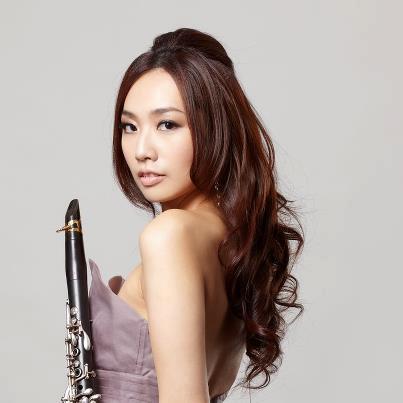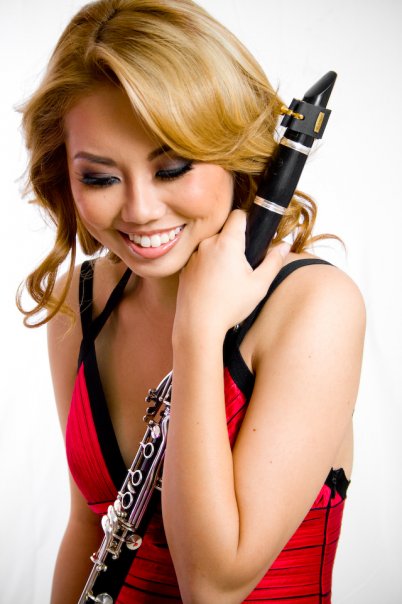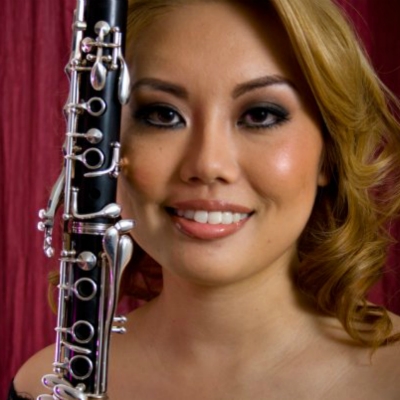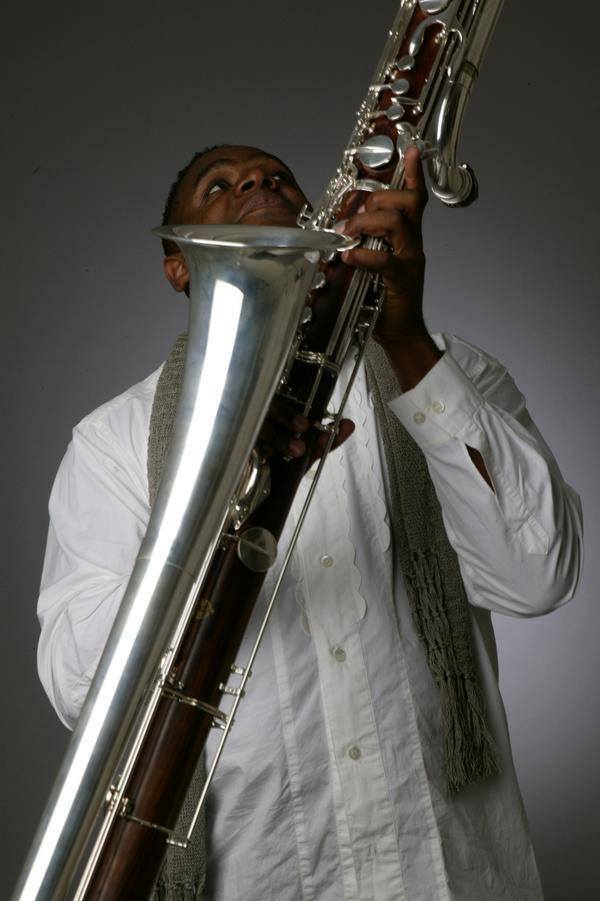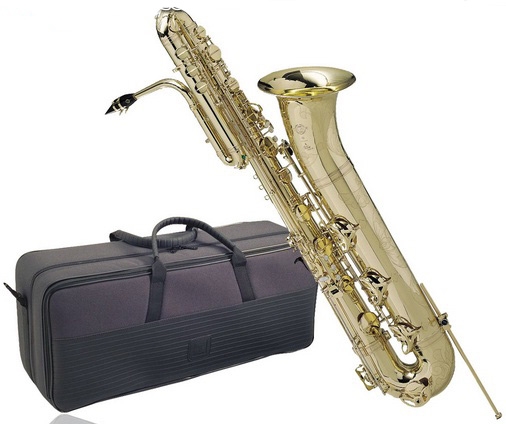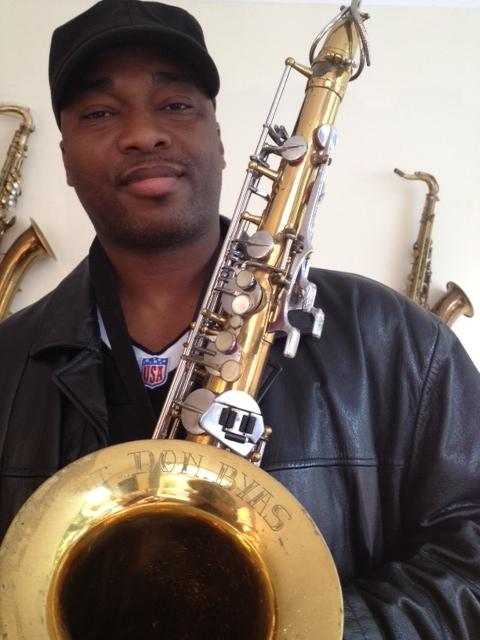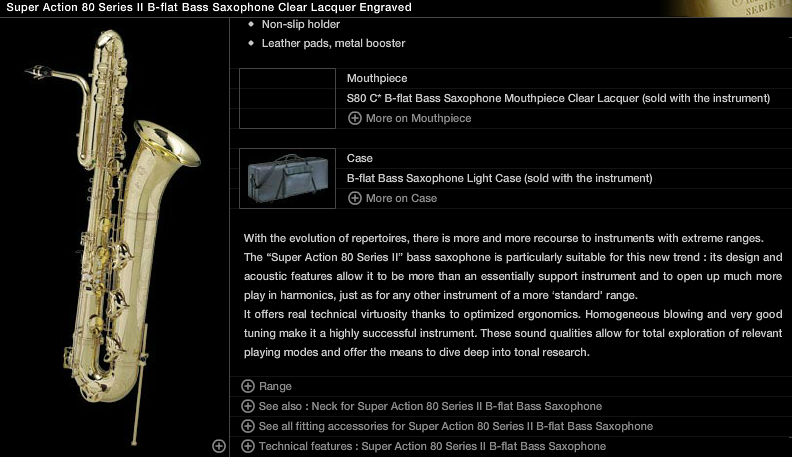Clarinet Family
The clarinet family of instruments family includes the well-known B♭ clarinet, the slightly less familiar E♭, A, and bass clarinets, and other clarinets as well. The standard B♭ and A clarinets are the best known, however, there are many other clarinet types in clarinet family, which are less common.
Clarinet Family Instruments
A very special link on the Clarinet Family sent to me and created by a very special person in Paris, enjoy and have fun, David
http://anticwindbooks.chez-alice.fr/clarinet/clarinet.html
Clarinet Family Instruments
Octave clarinets
Very rare. Pitched around an octave higher than the B♭ clarinet.
A♭ piccolo clarinet.
E♭ clarinet/E♭ sopranino clarinet Fairly common in the United States and western Europe; less common in eastern Europe.
D clarinet — Rare in the United States and western Europe. Required in Molter’s very early clarinet concertos.
Rendall lists the E♭ and D clarinets, along with obsolete instruments in G, F, and E, as sopranino clarinets.
Shackleton lists the E♭ and D clarinets, along with obsolete instruments in F, and E, as sopranino clarinets.
The E♭ and D clarinets are commonly called piccolo clarinets in eastern Europe and Russia.
C Clarinet
This instrument became practically obsolete in the orchestras of Europe and the United States in the early twentieth century. The inclusion of the C clarinet, however was not unusual in orchestral scores from the era of Haydn and Mozart right through to the early 20th century. Mahler certainly included them up until his fourth symphony. Much of the orchestral repertoire of Beethoven and Schubert requires the C clarinet. This being the case, the nineteenth century clarinetists were faced with the difficult task of maintaining and alternating between instruments in A, B♭ and C. Since this was not always necessary or desirable for a first rate clarinetist, who could transpose easily between instruments and may not have wished to change from a warm to a cold instrument, the tendency has been to reduce, with the result that the usage of the C clarinet has gradually declined from the standard classical orchestra.
Recently, however, the C clarinet is enjoying a resurgence, as there is now a renewed interest in playing older works on their authentic instruments. This applies to orchestral music and also to popular folk styles such as klezmer music. At the same time there has been an innovation in Britain to use a simplified cheaper version of the C clarinet as the principle wind instrument for young learners, a position until recently, enjoyed (or suffered) by the recorder.
The clarinet in C is sometimes called for in clarinet choirs, often as a substitute for the oboe.
B♭ clarinet The most common type of clarinet.
A clarinet Standard orchestral instrument used alongside the B♭ soprano.
G clarinet Also called a “Turkish clarinet”
Primarily used in certain ethnic music. This type of clarinet is rare.
Rendall lists the C, B♭, and A clarinets along with the obsolete instrument in B as sopranos, and the clarinette d’amour in A♭ and G and the clarinet in G as obsolete altos.
Shackleton lists the C, B♭, A, and G clarinets along with obsolete instruments in B and A♭ as sopranos, noting that the A♭ and G often occurred as clarinette d’amour in the mid-18th century.
Rice classifies G clarinets with flared bells as altos, with pear- or bulb-shaped bells as clarinets d’amour.
Basset clarinet, Essentially a soprano clarinet with a range extension to low C (written).
A basset clarinet — Most common type. Basset clarinets in C, B♭, and G also exist
Rendall includes no basset clarinets in his classifications. Shackleton has three in his collection: Numbers 5389 (B♭ and A set) and 5393 (in A). See Catalogue of the Sir Nicholas Shackleton Collection, Edinburgh University Collection.
Basset horn Alto-to-tenor range instrument with (usually) a smaller bore than the alto clarinet, and a range extended to low (written) C.
F basset horn — Most common type
Rendall lists basset horns in G (obsolete) and F as tenors.
Shackleton lists also basset horns in G and D from the 18th century.
Neither Rendall nor Shackleton lists A, E, or E♭ basset horns though these apparently existed in the eighteenth century.
Alto clarinet, Pitched a perfect fifth (or, rarely, a perfect fourth) lower than the B♭ soprano clarinet.
E♭ alto clarinet — Most common type. Range usually down to low E♭ (written).
Rendall lists the E♭ alto and F tenor clarinets as tenors (along with the basset horns).
Shackleton lists the F alto clarinet as obsolete.
Bass clarinet an octave below the B♭ clarinet often with an extended low range.
B♭ bass clarinet — The standard bass
A bass clarinet — Very rare today, more common around 1900.
C bass clarinet — Obsolete.
Rendall and Shackleton list C, B♭, and A; Rendall lists only C as obsolete, while Shackleton calls A “rare”. Rendall groups these in baritone and bass.
Contra-alto clarinet An octave below the alto clarinet
EE♭ contra-alto clarinet, also called EE♭ contra-bass clarinet.
Rendall lists “contrabasset-horns” in G, F, and E♭ (none marked obsolete), grouping these in baritone and bass.
Shackleton lists only E♭ contra-bass clarinet, grouping it in contrabass (pedal) clarinets.
Contra-bass clarinet An octave below the bass clarinet
BB♭ contra-bass clarinet.
Rendall lists also contra-bass clarinet in C as obsolete, and groups it and the BB♭ contra-bass in baritone and bass.
Shackleton lists only the BB♭ contra-bass, grouping it in contra-bass (pedal) clarinets.
Two larger types have been built on an experimental basis:
EEE♭ octocontra-alto An octave below the contra-alto clarinet. Only three have been built.
BBB♭ octocontra-bass An octave below the contra-bass clarinet. Only one was ever built.
Have fun with it…




